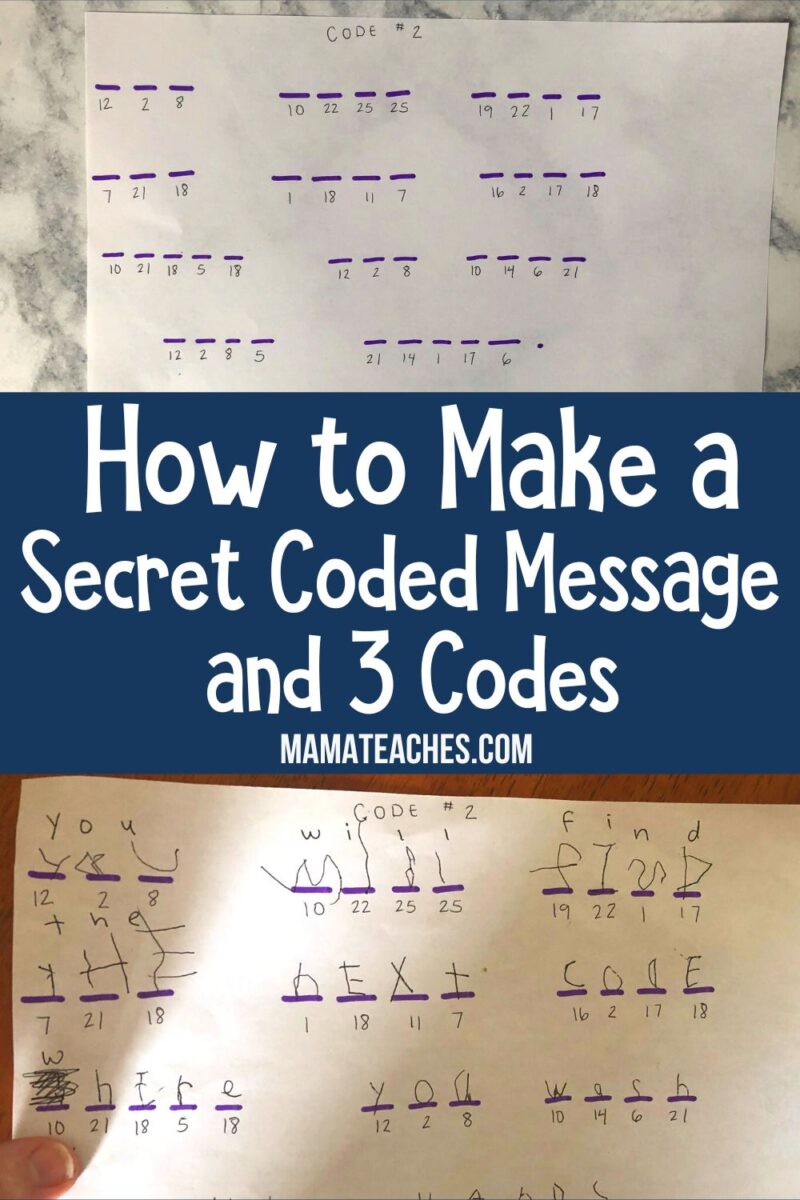Creating secret messages can be an incredibly fun and imaginative process. It’s a blend of creativity and cryptography that engages friends in a unique form of engagement. The right method allows for playful interaction and builds camaraderie. However, striking a balance between fun and cryptography can be challenging; the goal is to ensure the message remains easily decryptable while still offering a layer of intrigue. This article delves into various methods for crafting easily decryptable secret messages intended for friends, outlining techniques that cover both classic and modern approaches.
Understanding Cryptography Basics
Before diving into the crafting of secret messages, it’s essential to grasp the foundational concepts of cryptography. At its core, cryptography involves techniques for securing information through transformation. The act of creating a secret message begins by encoding plaintext (the original message) into ciphertext (the transformed message) using various techniques. A crucial aspect to consider is that while one seeks to obscure the message, it must remain accessible for the intended recipient. This interplay of encryption and decryption forms the thrill of the game.
Choosing a Method of Encryption
Substitution Ciphers
Substitution ciphers are one of the simplest yet most effective methods for encoding messages. The idea is straightforward: each letter in the alphabet is replaced by another letter. A classic example is the Caesar cipher, where each letter is shifted a certain number of spaces down the alphabet. For instance, a shift of three would turn ‘A’ into ‘D,’ ‘B’ into ‘E,’ and so forth. This technique is not only easy to create but also relatively simple to decipher. Writers can challenge their friends by shifting letters by different amounts or even allowing the recipient to select the shift.
Transposition Ciphers
Oscillating between simplicity and complexity, transposition ciphers help cultivate an engaging experience. These ciphers rearrange the letters of the plaintext according to a specific system, without changing any letters. For instance, using a keyword to create a grid can yield fascinating results. By writing the message out in rows based on the keyword’s length and then reading columns in a specific order, friends could wrestle with arranged characters. The key word, however, must be shared beforehand to allow for straightforward decoding, ensuring the game remains fun and friendly.
Utilizing Symbolic Methods
Another approach involves using symbols, pictures, or even emojis to represent letters. This method resonates well with younger audiences or those more visually inclined. For example, commonly known symbols such as a heart for ‘love’ or a sun for ‘day’ can be utilized. The key to successful communication lies in an agreed-upon symbol set. Friends can establish a lexicon of symbols beforehand to enhance both the fun and the challenge of interpreting messages.
Employing Digital Tools
In an increasingly digital world, incorporating technological elements into secret messaging can heighten interest and interactivity. Online tools and applications such as QR codes, which encode information in a two-dimensional barcode, can be used to send messages. The beauty of this method lies in its accessibility; friends can scan a QR code with their smartphones, resulting in instant access to the message. Additionally, some apps allow for encryption options that can be customized for different groups or activities.
Building Creativity into Coded Messages
Crafting secret messages isn’t solely about the method of encryption. The aesthetic appeal also plays a crucial role. To enhance creativity, consider combining different encryption styles. For instance, using both substitution and symbolic representation can offer multiple layers of entertainment. Imagine a coded message where simple phrases have coherent meanings while each word is written using varied symbols or shorthand, giving recipients several lines of inquiry to pursue!
Engaging Friends: A Collaborative Effort
The collaborative nature of secret messages fosters deeper connections. Encourage friends to join in on the fun by creating their own coded messages. As they embark on this cryptographic endeavor, they will become familiar with the various techniques and will share ideas, culminating in an exciting exchange of knowledge. Furthermore, these messages can serve as conversation starters, offering insights into individual creativity and preferences.
Practicing Ethical Considerations
While engaging in the playful exchange of secret messages, it’s crucial to maintain ethical boundaries. Respecting privacy ensures that messages remain within a circle of trust and camaraderie. Avoid using coded messages for misleading or harmful intentions, as this undermines the spirit of friendship and can lead to misunderstandings.
Final Thoughts on Crafting Secret Messages
In conclusion, the endeavor of creating easily decryptable secret messages for friends intertwines creativity, cryptography, and companionship. By exploring various techniques, individuals can find suitable methods that cater to their preferences and those of their friends. Such endeavors not only facilitate communication but also enrich social bonds through shared experiences. Through this playful process, friends learn the art of cryptography while enjoying laughter-filled moments of decoding—that’s where true enjoyment lies. As you embark on your journey of secret message creation, remember to treasure the connections you forge along the way.








Leave a Comment